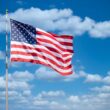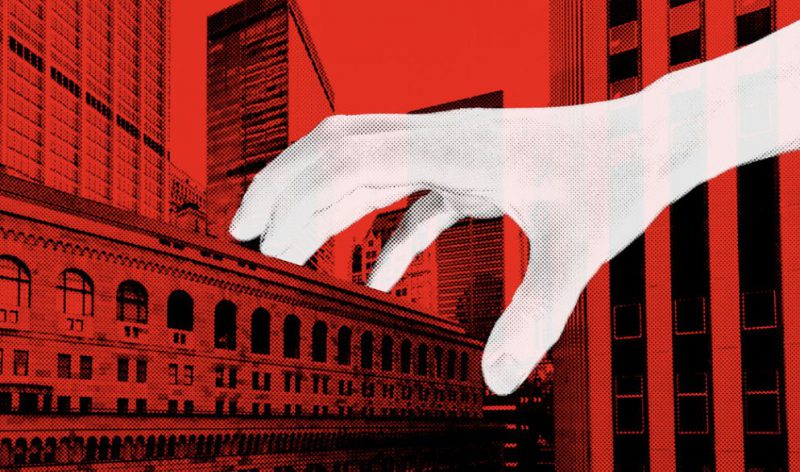The Surprising Truth: Is the Federal Reserve Privately Owned?
The Federal Reserve System in the US sparks debate and controversy as a central banking system.
Many people frequently ask whether the Federal Reserve is privately owned or not.
This question has been the source of many conspiracy theories and misunderstandings about how the Federal Reserve operates.
This article will uncover the truth and explore the history and structure of the Federal Reserve System.
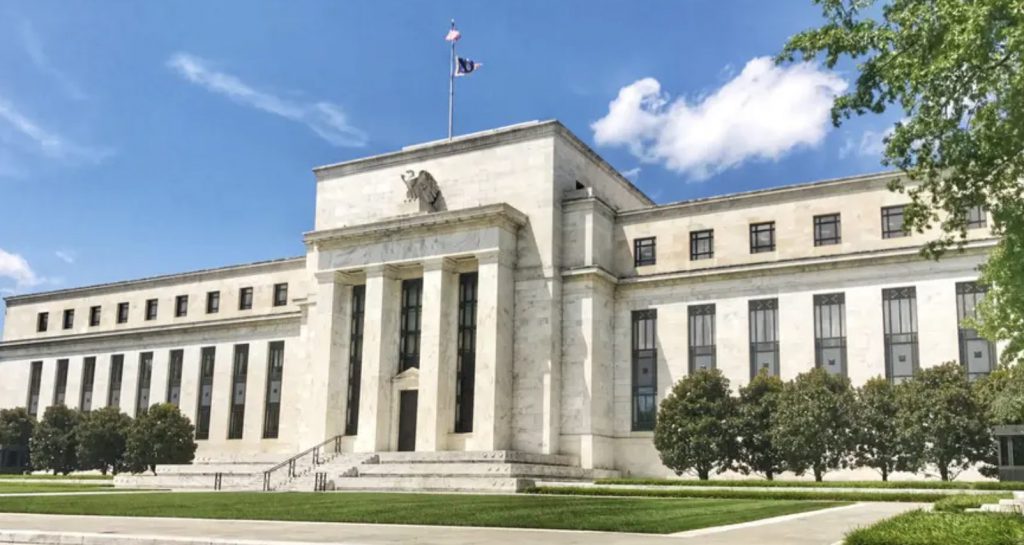

What is the Federal Reserve System?
The Federal Reserve System, also known as the Fed, is the central banking system of the United States.
Congress created it in 1913 to provide the nation with a stable and flexible monetary and financial system.
Additionally, the Federal Reserve System is responsible for implementing monetary policies, supervising and regulating banks, and issuing currency.
The Federal Reserve System comprises three main components: the Board of Governors, 12 regional Federal Reserve Banks, and the Federal Open Market Committee (FOMC).
The Board of Governors oversees the Federal Reserve System, while the Federal Reserve Banks operate independently in their regions.
The Federal Reserve System’s Structure
The structure of the Federal Reserve System is unique, as it is neither fully a government agency nor a private corporation.
The Board of Governors is a government agency appointed by the President and confirmed by the Senate.
In contrast, the member banks in each region each own the 12 regional Federal Reserve Banks, which are private corporations.
Each Federal Reserve Bank member bank elects a board of directors to oversee the bank’s management. The board of directors appoints the bank’s president and other officers. The Federal Reserve Banks are also subject to oversight by the Board of Governors.
History of the Federal Reserve System
In response to financial panics in the late 19th and early 20th centuries, the Federal Reserve System was created.
President Woodrow Wilson signed the Federal Reserve Act into law on December 23, 1913, creating the Federal Reserve System.
The Federal Reserve System has changed over time, with notable events like the creation of the FDIC in 1933 and the adoption of an inflation target in 2012.
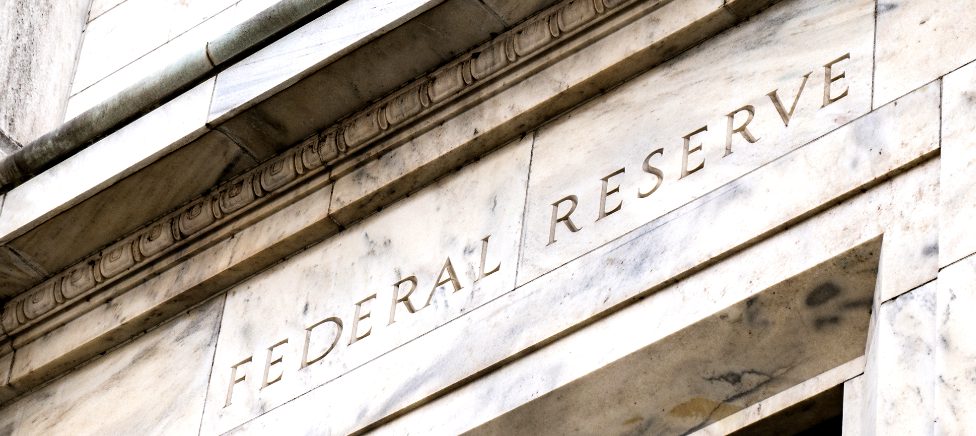

Board of Governors vs. Board of Directors
The Board of Governors is the governing body of the Federal Reserve System. Seven members compose it, appointed by the president and confirmed by the Senate.
The Board of Governors is responsible for overseeing the entire Federal Reserve System and making decisions about monetary policy.
The board of directors of each of the 12 regional Federal Reserve Banks is responsible for overseeing the bank’s management.
They comprise nine members elected by the member banks in each region. The board of directors appoints the bank’s president and other officers.
Federal Reserve Banks and the Federal Open Market Committee
The 12 regional Federal Reserve Banks are responsible for implementing monetary policy in their respective regions.
They do this by lending money to banks within their region, regulating and supervising banks, and serving as a lender of last resort.
The Federal Open Market Committee (FOMC) sets monetary policy for the entire Federal Reserve System.
The FOMC comprises seven members of the Board of Governors and five of the 12 regional Federal Reserve Bank presidents.
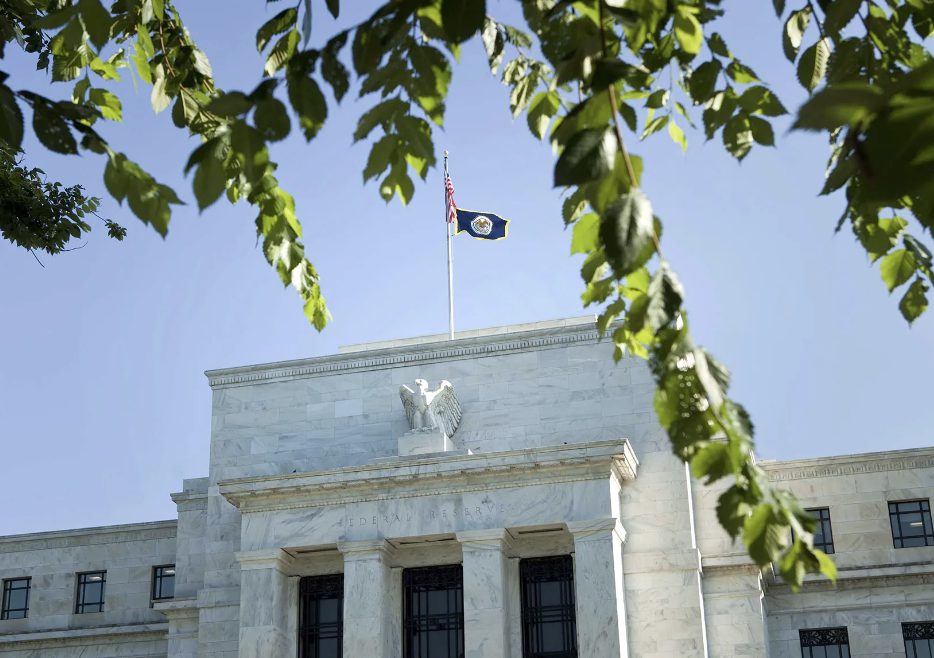

Independence of the Federal Reserve System
The Federal Reserve System, as an independent central bank, operates free from control by the executive or legislative branches of government.
The purpose of this independence is to prevent political interference in monetary policy decisions.
However, the Federal Reserve System is still subject to oversight by Congress. The Chairman of the Board of Governors must testify before Congress twice a year to discuss the state of the economy and monetary policy decisions.
The Role of the Federal Reserve System During Financial Crises
The Federal Reserve System has played a crucial role in managing financial crises throughout its history.
During the Great Depression, the Federal Reserve System implemented policies to increase the money supply and stimulate economic growth.
During the 2008 financial crisis, the Federal Reserve System implemented various measures to stabilize the financial system, including providing emergency loans to banks and other financial institutions.
Conclusion: The Future of the Federal Reserve System
The Federal Reserve System has been the subject of much debate and controversy throughout its history.
While there are certainly valid criticisms of the system, it is important to understand its structure and function.
Moving forward, it will be important for the Federal Reserve System to continue to adapt to the changing economic landscape and to maintain its independence from political interference.
These steps can enhance its ability to manage future financial crises and maintain a stable and adaptable monetary and financial system for the United States.




